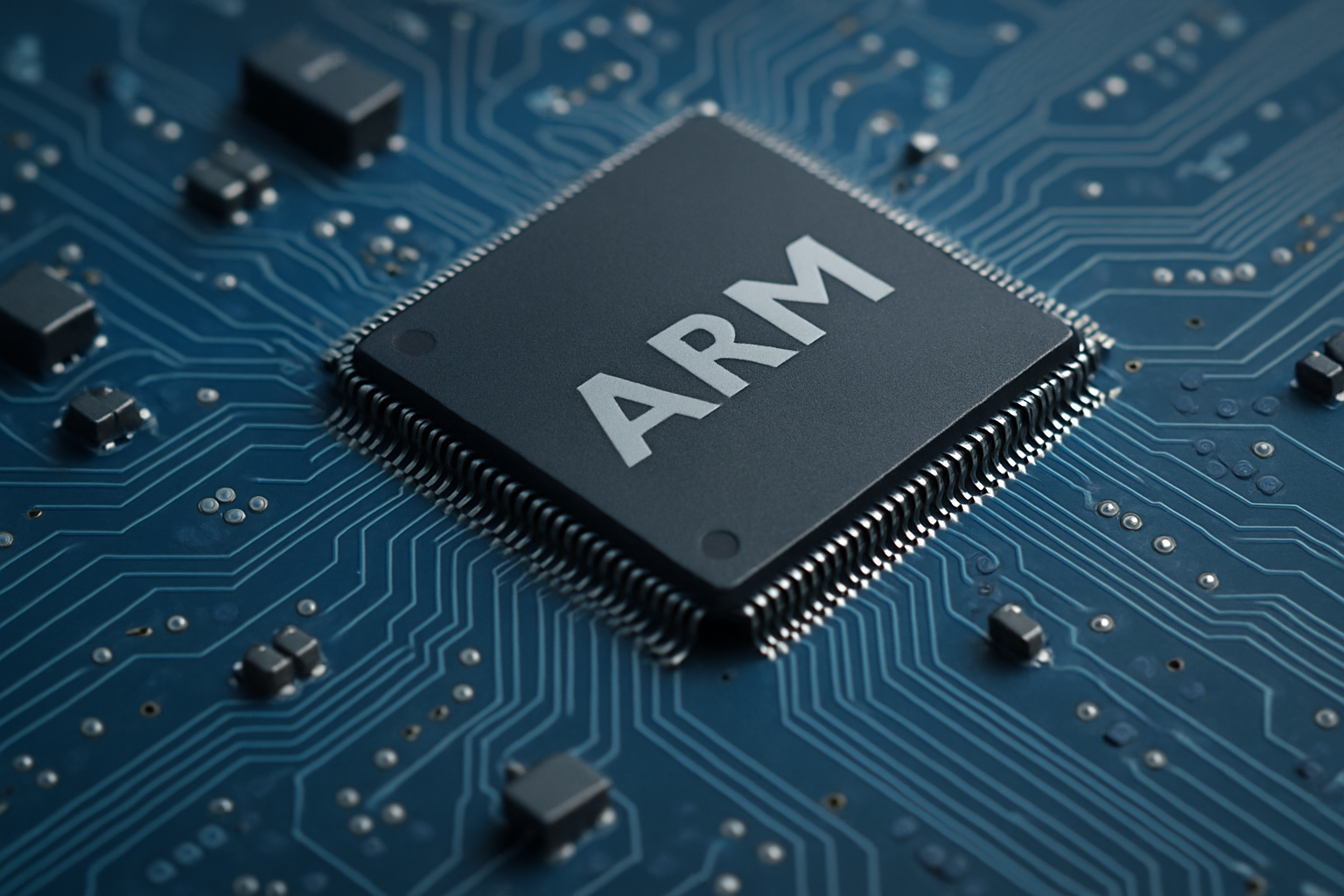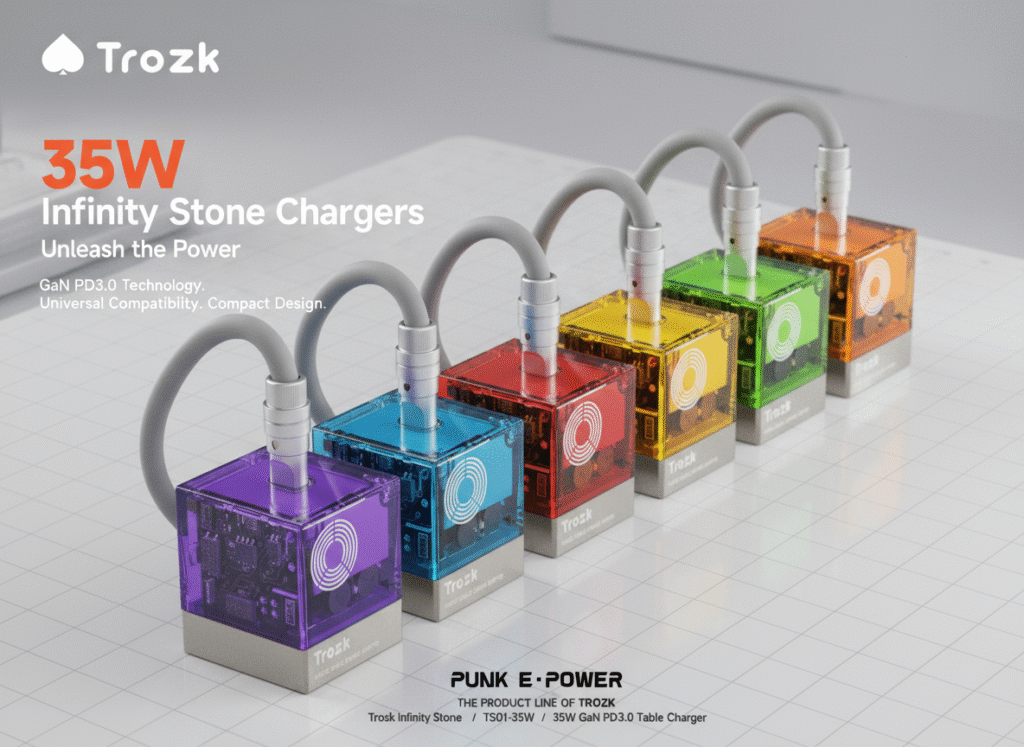
The laptop industry is undergoing a major transformation in 2025, driven by two powerful forces: ultracompact form factors and the widespread adoption of ARM-based processors. These devices are not just thinner and lighter—they’re smarter, more energy-efficient, and more capable than ever before.
This year marks a pivotal moment where ultracompact laptops powered by ARM chips are no longer niche alternatives, but serious contenders to dominate mainstream and even enterprise markets. With Apple, Qualcomm, Microsoft, Lenovo, and Samsung leading the charge, the ultracompact ARM laptop is becoming the new standard for mobile productivity.
In this article, we will explore the evolution of ARM chips, the design breakthroughs enabling ultracompact laptops, the leading models in 2025, their advantages, software compatibility, and what the future holds.
1. What Are ARM Chips, and Why Do They Matter?
ARM (Advanced RISC Machines) is a processor architecture known for its low power consumption, smaller physical footprint, and scalability. Originally developed for mobile devices like smartphones and tablets, ARM chips have steadily made their way into laptops and desktops over the past decade.
In contrast to traditional x86 processors (from Intel and AMD), ARM chips follow a RISC (Reduced Instruction Set Computing) design philosophy, which leads to greater energy efficiency and longer battery life.
Key reasons why ARM is reshaping laptops in 2025:
- Efficiency-first design leads to battery lives exceeding 20 hours.
- Integrated AI acceleration with built-in NPUs (Neural Processing Units).
- Smaller logic boards, allowing thinner devices with less heat.
- Rapid development of native software and emulation layers, reducing compatibility gaps.
2. Why “Ultracompact” Is the New Norm
Today’s consumers and professionals expect their devices to be:
- Portable enough to carry all day
- Capable enough to handle productivity, video editing, and multitasking
- Quiet and cool with no noisy fans
- Stylish, minimalist, and futuristic in design
Ultracompact laptops, defined by being under 1.2kg in weight and less than 15mm in thickness, are rising to meet these demands.
What enables this new ultracompact form?
- ARM processors run cool and don’t need heavy cooling systems.
- Solid-state storage and battery improvements free up internal space.
- High-efficiency OLED displays use less energy and thinner layers.
- Slim motherboards mean more room for batteries.
3. Best Ultracompact ARM Laptops in 2025
1. Apple MacBook Air M4 (2025)
Apple’s MacBook Air M4 continues to lead the ultracompact market:
- Thickness: 11mm
- Weight: 1.1kg
- Processor: Apple M4 (5nm, 10-core CPU, 12-core GPU, 16-core NPU)
- Battery Life: Up to 22 hours
- Highlights: Best-in-class performance per watt, silent operation, top-tier macOS integration, built-in AI enhancements.
2. Lenovo Yoga Slim X ARM Edition
Lenovo has fully embraced Windows on ARM with its new Yoga model:
- Processor: Qualcomm Snapdragon X Elite
- Display: 14” OLED, 2.8K, touch
- Weight: 980g
- Features: 360° hinge, 5G support, fanless chassis, rapid charging
3. Samsung Galaxy Book Air ARM
Samsung’s entry into the ultracompact ARM category is elegant and powerful:
- Processor: Samsung Exynos 2500 ARM chip
- Weight: 990g
- Specialty: Ultra-thin AMOLED display, Galaxy ecosystem sync, 20+ hour battery life
4. Microsoft Surface Pro ARM Gen 10
A hybrid 2-in-1 model ideal for creative professionals:
- Processor: Qualcomm Snapdragon X Plus
- Battery: 18 hours (tablet), 22 hours (with keyboard dock)
- Strength: Windows 11 ARM experience optimized by Microsoft itself
4. Software Compatibility: Still a Concern?
One of the biggest historical concerns about ARM-powered laptops has been software compatibility. In 2025, this is no longer a significant issue thanks to:
- Microsoft’s native ARM64 Windows 11 experience, with major apps like Office, Teams, Chrome, Edge, Adobe Creative Suite running natively.
- Rosetta 2 and Universal apps in macOS, ensuring smooth emulation on Apple silicon.
- AI-powered emulation engines reducing the performance gap when running x86-only apps.
Additionally, developers are now prioritizing cross-platform builds, and many frameworks (Electron, Flutter, .NET MAUI, Unity) offer native ARM support.
5. Benefits of ARM Ultracompact Laptops
| Benefit | Why It Matters |
| Long Battery Life | Work for 20+ hours on a single charge |
| Lightweight | Under 1.2kg makes it ideal for travel |
| Quiet, Fanless Design | No moving parts, less risk of overheating or mechanical failure |
| Lower Energy Use | Ideal for sustainability and cost-saving in enterprise use |
| Instant On Performance | ARM laptops boot and resume instantly |
| Integrated AI Features | Real-time translation, intelligent power management, etc. |
6. Challenges and Limitations
While progress is substantial, ARM ultracompact laptops still face:
- Limited high-end gaming capabilities (though cloud gaming mitigates this).
- Some niche software incompatibility, especially legacy enterprise tools.
- Premium pricing for ultracompact models, especially from Apple and Samsung.
- Peripheral support (e.g., driver support for printers, older hardware) still varies depending on manufacturer.
7. Use Cases in 2025
Students and Mobile Professionals
- Easy to carry around campus or while traveling.
- Excellent battery for note-taking, video conferencing, and research.
- Silent use in libraries and meeting rooms.
Digital Creators and Freelancers
- Lightweight video editing and photo editing on the go.
- Instant app access with AI-accelerated performance.
- Portability meets creative freedom.
Corporate and Enterprise
- Better security at the hardware level.
- Long-lasting deployment in the field (military, logistics, healthcare).
- Seamless cloud sync and remote work capabilities.
8. What the Future Holds for ARM in Laptops
Looking beyond 2025:
- ARM-based devices will continue gaining desktop-class performance while staying efficient.
- AI chip integration will evolve, making real-time automation and intelligent software standard.
- Lower-cost ultracompact models will emerge as the architecture becomes more common.
- Hybrid ARM-x86 cloud workflows will eliminate compatibility as a blocker altogether.
By 2027, analysts predict ARM will power over 50% of all laptops sold worldwide.
Conclusion
The rise of ultracompact laptops with ARM chips is not a passing trend—it’s the future of mobile computing. With unmatched battery life, quiet operation, and increasing compatibility, these devices are redefining how we work, study, and create on the go.If you’re in the market for a lightweight yet powerful laptop, 2025 is the perfect year to switch to ARM. The performance gap has closed, the software is ready, and the hardware is sleeker than ever.





